If you’re a parent of a newborn or infant, you’ve likely had your baby’s tiny hands grabbing at your face countless times. While it may seem random, there are actually many logical reasons behind this common baby facial exploration behavior in infants. Understanding what motivates a baby to touch faces helps you cherish these fleeting moments of connection and bonding.

Why Do Babies Touch Your Face – An Exploratory Learning Experience for Babies’ Development
Touching faces allows infants to gather information and learn about their surroundings during a crucial phase of developmental milestones. Babies have an innate need to explore. Being able to feel different textures and surfaces teaches them about their world.
Your facial features offer a complex and intriguing range of sensations for a curious baby. The smoothness of cheeks, coarseness of stubble, bumps of a nose, and softness of lips – it’s a sensory experience baby can’t resist. Face touching satisfies their desire to discover while providing joy and comfort.
As child psychologist, Dr. Sarah Wilson, explains:
A parent’s face becomes baby’s first toy. They find innate satisfaction in being able to explore something novel yet familiar. It’s a learning process driven by affection and sensory needs.
So when tiny fingers squeeze your chin or pat your mouth, remember it’s just your little scientist gathering data during this phase of rapid baby development!
Tips to Encourage Healthy Sensory Development in Babies
- Provide a variety of safe textures for baby to touch – fabrics, rubber sensory toys for babies, wood blocks etc.
- Get colorful, musical sensory toys to activate multiple senses.
- Place unbreakable mirrors around for baby to look at self.
- Gently touch baby’s hands to yours so they feel connection.
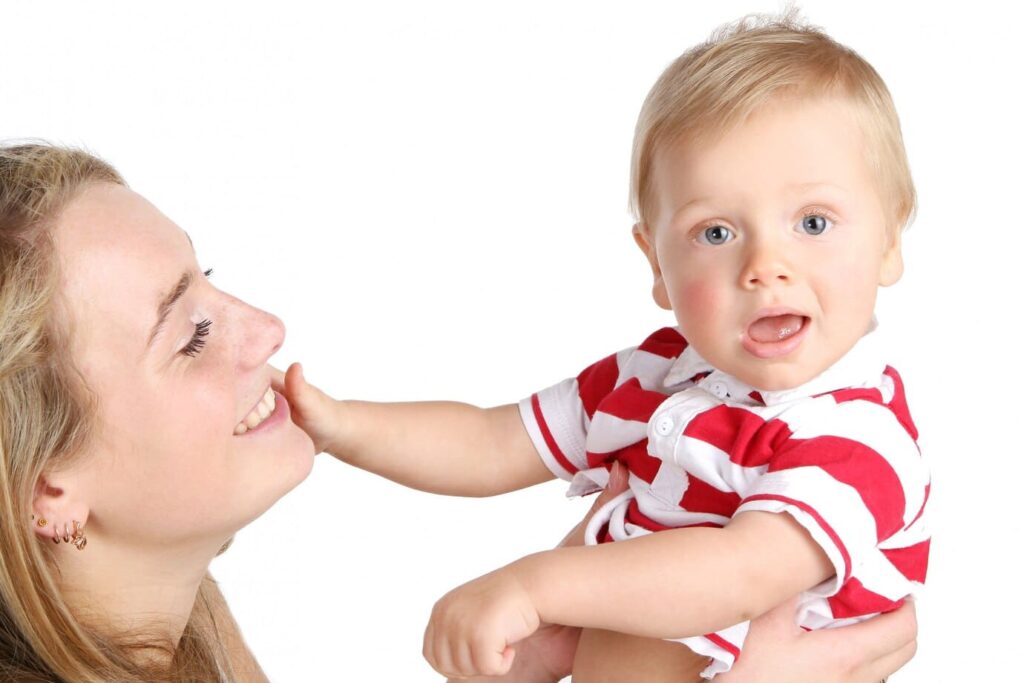
Releasing Magical Bonding Hormones Through Touch
Another key reason babies love stroking faces is because it makes them feel intensely bonded, safe, and loved.
The act of touch triggers the release of oxytocin – known as the ‘love’ or ‘cuddle’ hormone – in both baby and the parent. Just by touching your face, your baby experiences a soothing rush of oxytocin, forging a stronger attachment between you.
Moreover, direct skin contact creates a bio-feedback loop. Your baby feels your facial warmth and movements, releasing more bonding hormones. You gaze back adoringly, flooding baby with reassuring oxytocin. This fuels their desire for face-to-face interaction.
So while slightly sticky baby palms squeezing your cheeks may not always be comfortable, remember it cements your lifelong bond!
Ways to Boost Oxytocin Release
- Maintain loving eye contact when baby touches you.
- Return smiles and loving words to reinforce connection.
- Gently kiss baby’s hands. The affection amplifies oxytocin.
- Increase skin-to-skin contact as much as possible.
The Importance of Facial Touch for Baby’s Development
As well as vision, touching faces allows infants to explore this captivating stimulus through tactile sensations. Reaching out to stroke or pat caregivers’ faces aids babies in honing their sensory, motor skill and hand-eye coordination development in many ways.
Feeling the contrast of smooth skin and coarse stubble teaches them about different textures. Discovering the spongy bounciness of cheeks compared to the broad planes of foreheads helps build sensory knowledge. Gripping noses and patting lips improves their dexterity and coordination.
| Age | Face Touching Abilities |
|---|---|
| 0-2 months | Reflex grabbing and batting |
| 3-4 months | Awareness of cause and effect from touching |
| 5-7 months | Purposefully reaching for and making contact with faces |
| 8-12 months | Controlled grasping, rubbing, patting |
| 12-24 months | Complex gestures like pinch grasping cheeks |
Seeing your expressions change in response to their squeezes and pinches demonstrates the beginnings of cause and effect. Over time, it assists with reading facial cues and understanding emotions. They learn your wince means they pinched too hard!
Most crucially, these reciprocal face touching interactions establish the foundation for future social skills. The experience of communicating through touch, triggering reactions and forging connection through such an intimate gesture forms an instinctive pathway in their rapidly developing brains.
Your Face Brings Familiar Comfort
Seeing a parent or caregiver’s face activates your baby’s sense of safety and security. When tiny hands instinctively reach out to touch your cheeks or pat your head, it provides comfort and calm.
Even as a newborn, your baby recognizes your face and voice. Stroking the familiar contours makes them feel protected. They know your visage means food, cuddles and care are close at hand.
So if your baby furiously grabs at your face when upset or scared, they are likely seeking soothing, tactile reassurance. Respond with loving words and caresses to reinforce everything is OK.
Over time, the texture imprints as a signal of unconditional love and support during their most vulnerable, formative years. Those pudgy palms clinging to your jaw carry profound emotional weight!
Offer Extra Comfort When Baby Seeks It
- If baby seems distressed, actively offer your face for stroking.
- Make relaxed eye contact and smile as you let them explore.
- Gently cup their cheek simultaneously for added calm.
- Speak in soft, soothing tones until content.
When Does Face Fascination Wane?
While baby’s urge to stroke and examine caregivers’ faces seems endless, this fixated face period does dissipate with age. Around 18 months, infants’ communication skills, mobility and independence have all advanced meaning they rely less on physical face touching to interact and feel secure.
As toddlers become absorbed in exploring toys, games and environments outside the home, faces become less novel and new occupations capture their interest instead. Developing play skills with other children also reduces their dependency on facial contact for stimulation.
Additionally, disciplined responses to wayward fingers pulling hair or poking eyes helps curb unwanted touching. Guiding their hands to refrain from hurtful grabbing and promoting gentle interaction teaches toddlers boundaries. This normalizes face touching as an intimate act requiring consent.
Usually by age two, most toddlers have outgrown the obsessive face touching stage as social skills advance. But the foundations built by hours spent stroking cheeks, squeezing chins and pinching noses remain as lifelong intuitive pathways of bonding.
Fun Ways to Encourage Face Touching
While babies innately love to stroke and explore caregivers’ faces, there are plenty of fun ways to engage their interest for maximum touching and interaction.
Playful games like peek-a-boo prompt babies to pull hands or cloths away from your face as you call their name. Use songs and rhymes involving touching your eyes, ears or nose and watch little hands copy you.
Exaggerate your facial expressions as baby’s hands make contact for sensory feedback. For example, open your eyes and mouth wide when they touch them. Offer toys with different textures and surfaces and bring them to your face for touching and rubbing. Their sensory exploration will go into overdrive!
| Activity | Benefits |
|---|---|
| Peek-a-boo | Visual tracking, anticipation |
| Copying facial expressions | Emotion recognition |
| Sensory balls or toys | Tactile development |
| Songs with gestures | Imitation, motor skills |
| Mirror play | Self-awareness |
Get colorful, musical toys that respond to baby’s touch to capture their attention. Let them investigative tapping your cheeks or lips to create funny noises. Just be ready for silly sounding smooches!
The key is interacting playfully face-to-face and letting them take the lead in touching and stroking. Keep it lighthearted and fun for best results.
The Science Behind Why Babies Love Faces
Extensive research has revealed that human infants have an innate predisposition to pay special attention to faces from the moment they are born. Scientists have discovered specific areas of the brain programmed to respond to faces, showing it is human nature for babies to be captivated by the sight of Mom or Dad gazing down at them.
Studies using eye-tracking technology demonstrate that newborns only hours old will stare longer at face images compared to objects. This indicates faces engage their senses and provide a wealth of visual information for babies to absorb through their rapidly developing brain.
The compelling draw of faces for infants is due to both nature and nurture factors. Experts explain that as a survival mechanism, babies are biologically wired to pay attention to faces to forge that all-important bond with caregivers. Their brains are primed to study faces intently to communicate needs.
Additionally, researchers note that a baby’s primary social experiences happen through facial interaction. So nurture fuels their innate face fascination as they associate faces with comfort, food and affection right from the start. This explains why your familiar visage captures your little one’s unwavering focus!
Non-Verbal Communication
Long before mastering speech, babies discover faces and touch to be an effective way to interact. Lacking complex language centers, reaching out to gently pat a parent’s mouth or tug their lip is how infants convey needs.
Babies quickly learn hair-stroking and nose-pinching elicits faster responses from caregivers. Your animated reactions teach baby that faces enable two-way communication.
So when tiny fingertips creep towards your eyes for attention, recognize this as baby’s earliest attempts at non-verbal conversation. Respond lovingly and establish open channels for conveying desires as they grow.
Tips for Supportive Communication
- Mirror baby’s expressions and touch gestures playfully.
- Tell baby gently what your face feels e.g. “That tickles mama’s nose”.
- Develop touch signals – their hand on your cheek means hunger etc.
The Significance of Faces Across Cultures
While individual nuances exist between cultures, developmental research confirms faces hold universal importance as special social stimuli for babies across the globe.
Studies of infants as young as 3 months old in Africa, Asia, Europe and the Americas reveal newborns consistently prefer looking at faces versus other images. Their brains instinctively pay more attention to human faces no matter their ethnic background or home environment.
This indicates face fascination is an intrinsic part of being human rooted in our evolutionary past. Long before culture, faces allowed non-verbal communication and bonding between prehistoric infants and parents to ensure survival.
So despite wide cultural diversity, faces continue to captivate babies in all societies thanks to this innate neurological imprinting. Whether your baby grasps a sari in India or hijab in Saudi Arabia, their urge to touch faces remains consistent.
Why Grabbing Occurs During Feeding Time
Nursing mothers undoubtedly deal with babies constantly groping faces during feeding. But what causes infants to massage, pat and rake mom’s cheeks mid-meal?
Firstly, proximity. Your face presents an irresistibly touchable plaything inches from their hands! Nursing babies love discovering they can control responses by touching you.
Secondly, breastfeeding releases oxytocin for bonding. Your baby tries prolonging that facial intimacy by keeping hands locked onto you.
Lastly, horizontal positioning lets hands naturally flop outwards as babies regulate airflow. Feeling anchored by physical closeness is essential as they feed.
Of course, handling an acrobatic nurse tugging your lip with one hand while gouging your eye takes patience! But remember it demonstrates healthy baby development.
This too shall pass. For now, take comfort that it cements your lifelong bond!

Making Feedings More Manageable
- Have textured teethers or musical toys to occupy wandering hands.
- Try baby-wearing carriers that provide touch without face restriction.
- Keep nails trimmed and filed smooth to prevent scratches.
Why Face-Touching Typically Declines
While most babies spend months utterly engrossed with stroking caregivers’ faces, around age 2 face-grabbing finally wanes as toddlers enter new phases of development.
The reasons this obsessive tactile fascination fades relate to advancing communication skills, independence and focus shifting to navigating their expanding world through play and social interaction.
Additionally, discipline curbs wayward hands. Caregivers teach toddlers to respect personal space and ask permission before touching. Diffusing scratching incidents reinforce facial boundaries.
Ultimately maturing minds realize physical intimacy requires some restraint. But for the first 12-24 months of life, those pudgy baby hands delight in every irresistible inch of your face!
Cherish These Fleeting Memories
- Rejoice when self-weaning face-touching begins!
- Find new sensory activities to share like finger-painting.
- Let baby ‘help’ pat flour into dough or guide your drawing hand.
- Capture photos and videos to document these memories.
Cherishing This Special Time
When caught up in the flurry of parenting a tiny face-grabber, it’s easy to overlook what an extraordinarily special period of connection these fleeting months are. Though temporarily touched-out, remember to cherish every sticky-handed squeeze!
One day you will miss that toothless grin as pudgy palms grasp your cheeks. Appreciate the wonder you witness through their eyes exploring your face. Let those earnest hands imprint love and trust within your baby’s rapidly blooming mind.
Capture as many memories as you can in photos, videos and journals. Slow down and be consciously present during feeding, bathing and play when face touching peaks. Let that oxytocin flow!
Soon this phase will pass in a blink. But the strong attachment forged through such intimate tactile exploration will remain at the core of your lifelong parental bond. What profound gifts baby hands can give!
Setting Loving Limits on Face Touching
While touching your face offers babies many developmental benefits, there may be times their enthusiasm gets uncomfortable. Little nails can scratch skin or curious fingers poke sensitive areas like eyes.
To protect both baby and yourself, set gentle boundaries. Grasp and lower probing hands that head directly for your corneas. Distract them with toys or bring their palms to your cheeks instead.
If scratches occur, say a firm but calm “no scratching” as you remove their hands. Redirect them to touch your shoulders or clothing instead while maintaining eye contact and affection.
Stay patient – remember they are still learning their own strength. Keep your facial expressions positive even if they ignore your cues at first. With time and consistency, they will understand the limits.
The key is guiding their hands away from painful areas calmly and providing acceptable alternatives. This allows them to still explore faces safely while learning boundaries.
In Summary…
As you can see, baby grabbing behavior and touching caregiver’s faces is driven by various physical and emotional needs. Recognize these gestures as baby communicating their purest feelings of trust, affection and curiosity.
Research proves face touching nourishes bonds, emotional health and developmental skills during the most formative early years for decades to come.
Next time chubby starfish palms clamp onto your cheeks, try seeing it from your baby’s perspective – helping them learn about the world while making them feel connected to you!
Cherishing this ephemeral stage where you are literally baby’s whole world makes any sticky-handed face-squeezing endurable. Soon this too will fade quickly…but the beautiful bond will remain forever!
So breathe deeply, relax through the facial pummeling, and memorize those tiny handprints of early wonder and attachment!
FAQs – Why Do Babies Touch Your Face
Why does my baby keep touching my face while breastfeeding?
Babies love to explore textures and often find mom’s face an irresistible plaything when nursing. The close proximity and oxytocin release from feeding encourages them to stroke faces seeking contact. Offering them a nursing necklace or teething toy can occupy wandering hands.
Should I discourage my baby from grabbing my face so much?
There’s generally no need to deter face touching as it helps baby learn through sensory exploration and aids bonding. Gently redirecting scratching while making eye contact and smiling encourages positive interaction.
When will my baby grow out of constantly touching my face?
As language and play skills develop around 18-24 months, most babies channel their curiosity into new occupations and need less facial contact for assurance. Discipline and respect for personal space also reduces grabbing over time.
Why does my baby slap or scratch my face more when tired or upset?
Babies communicate through touch so may instinctively grab your face more forcefully when feeling distressed or having unmet needs. Respond calmly then investigate if something is bothering them. Extra comforting can ease frustrations.
How can I make face grabbing easier to handle during breastfeeding?
If an acrobatic nursling is making feeding challenging, have textured teethers, pacifiers or baby mobiles nearby to occupy wandering hands. Baby-wearing carriers also restrict access to your face during feeds if needed. Staying calm and keeping nails trimmed also helps minimize discomfort.






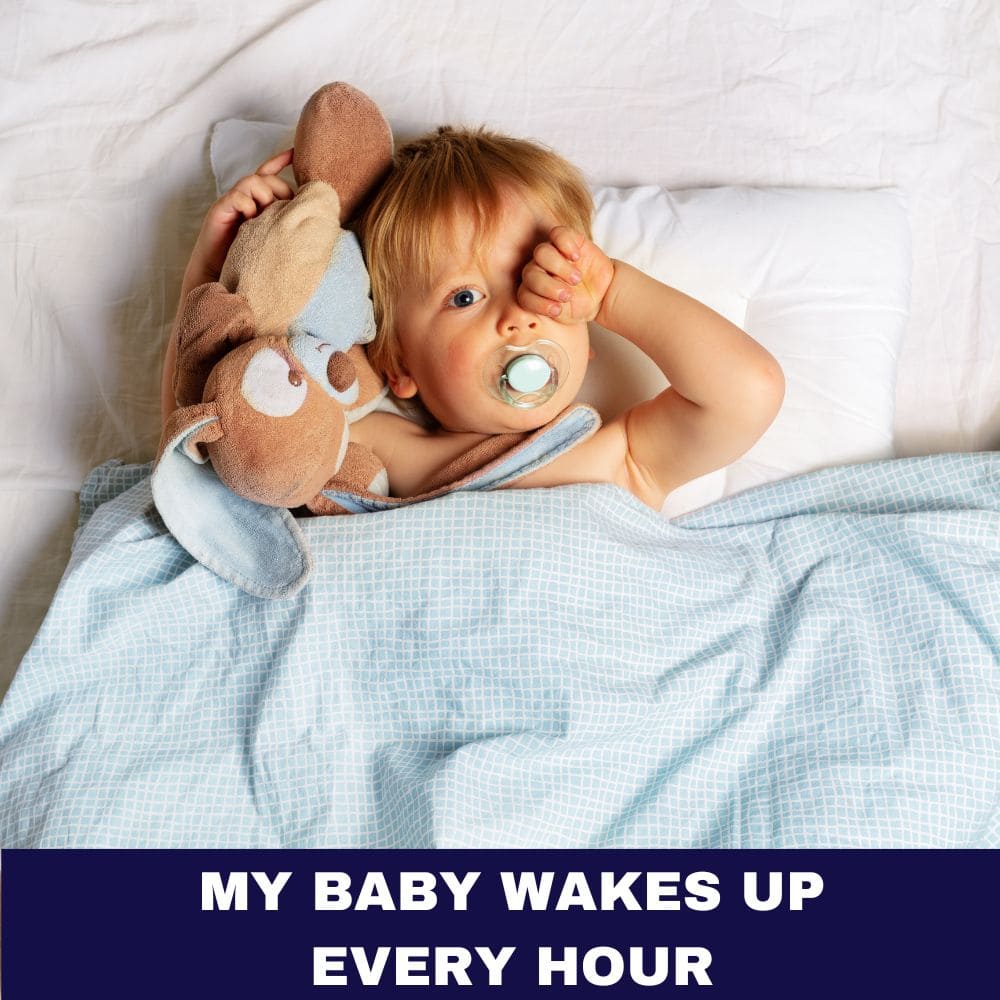
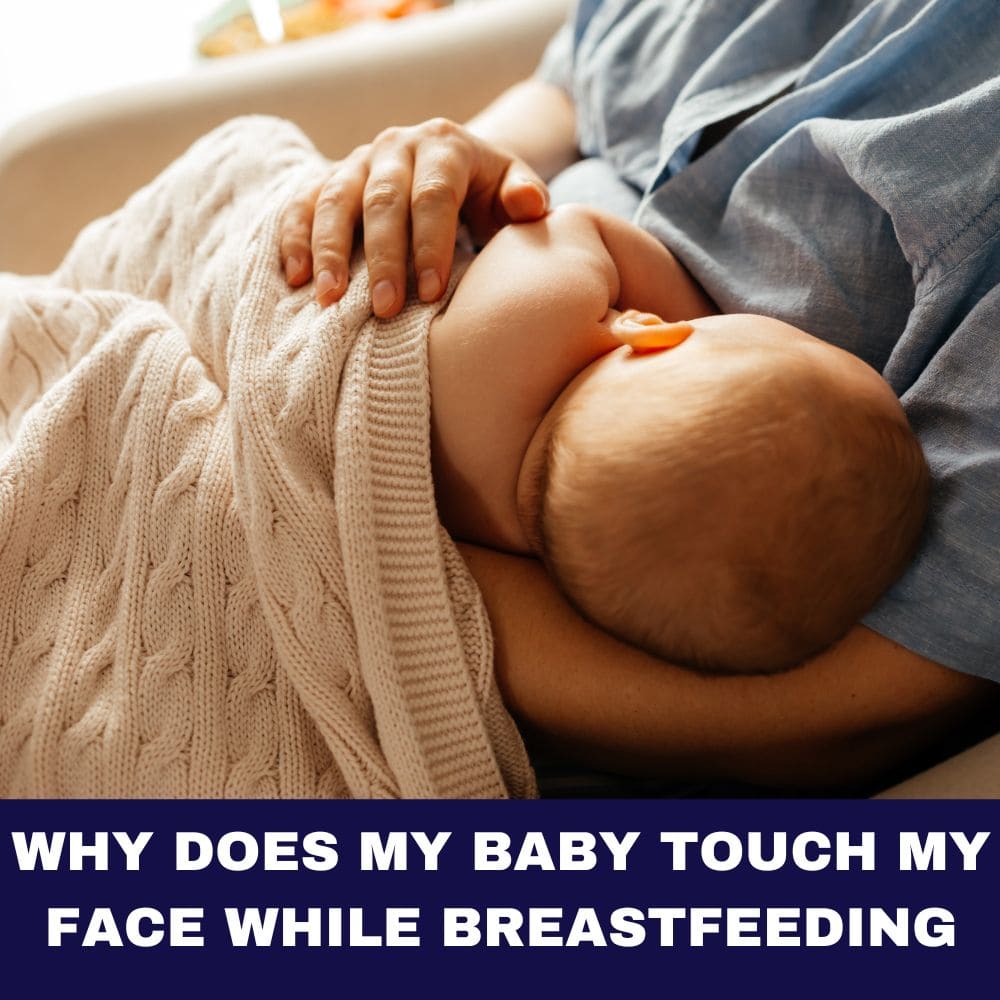
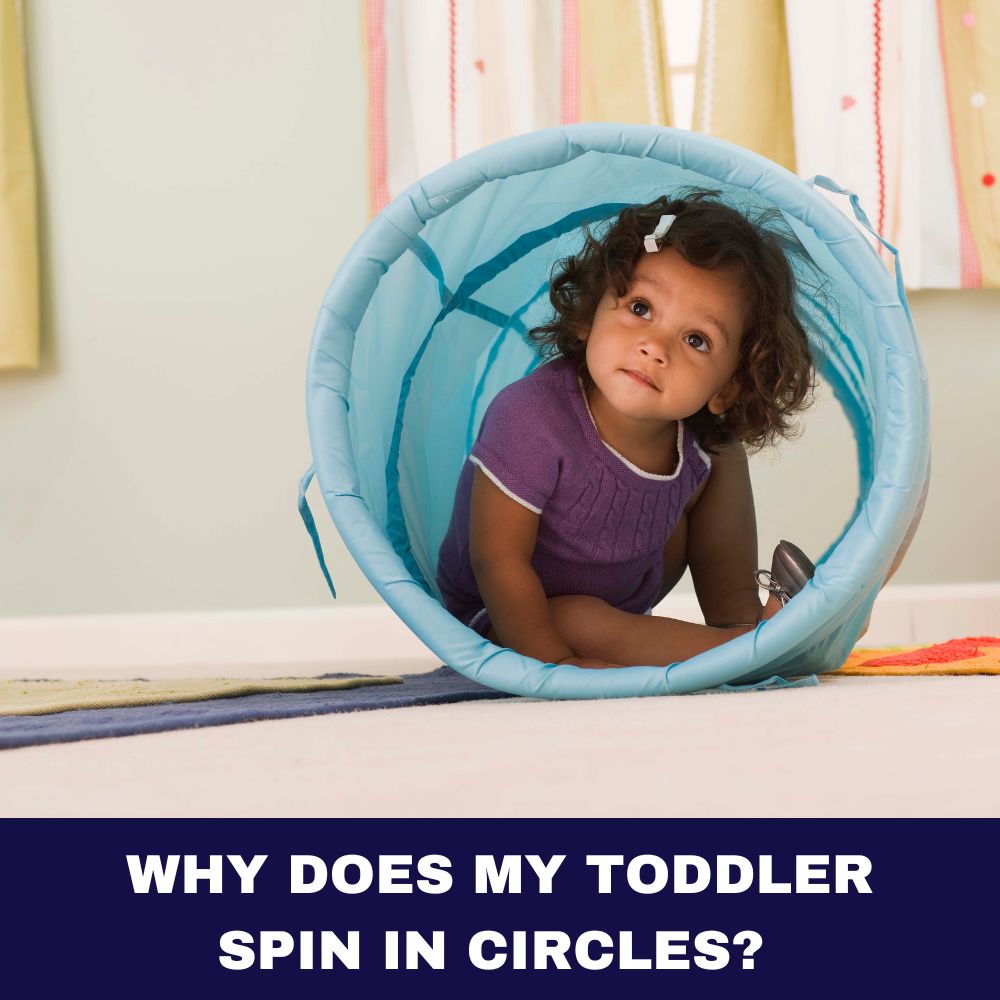
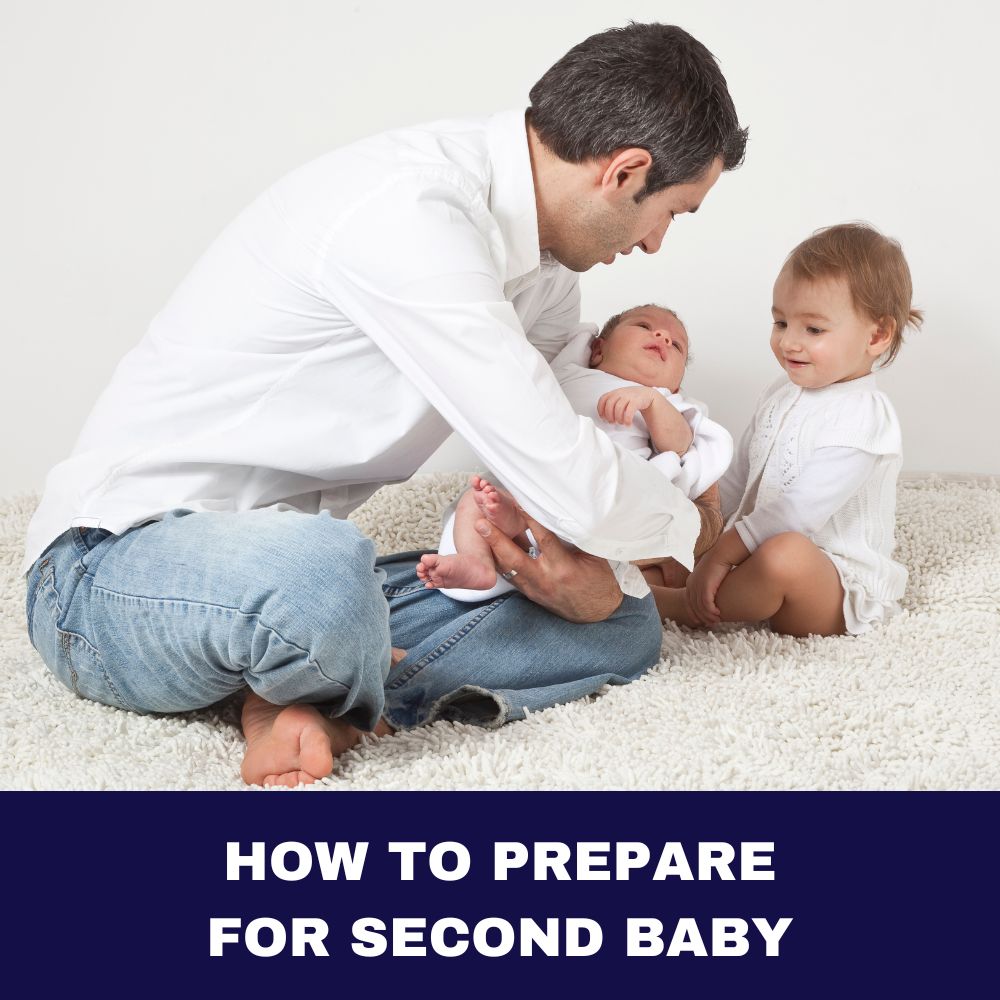



Comments are closed.